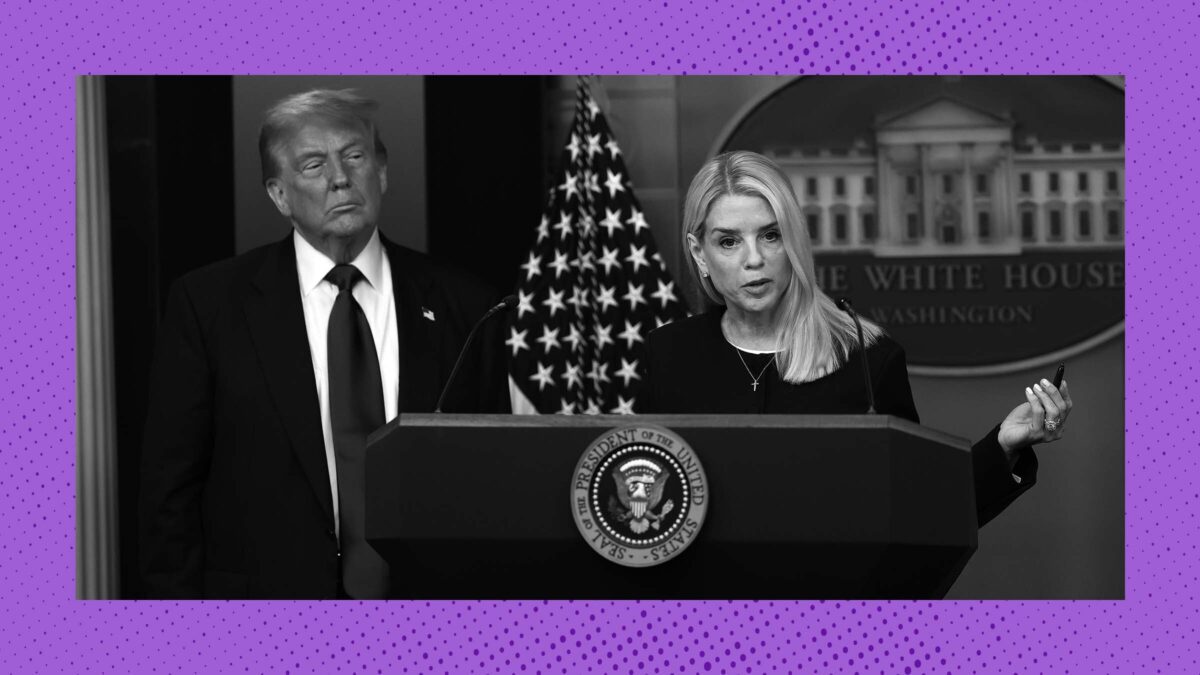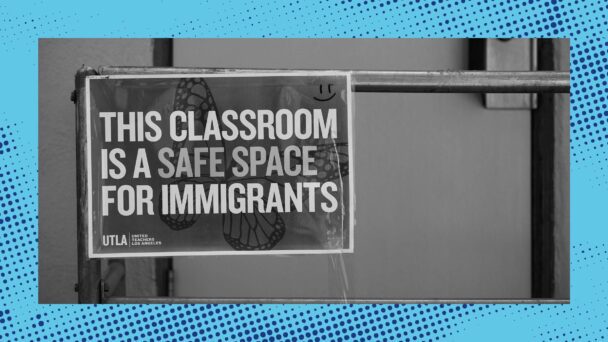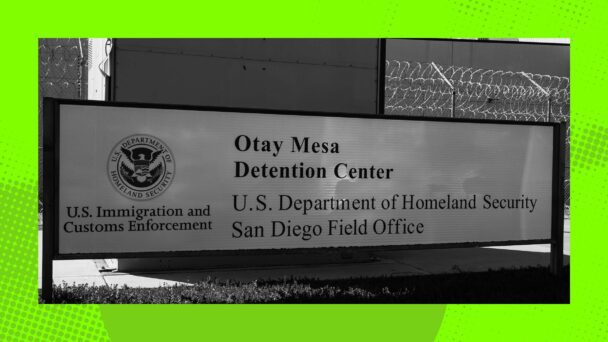Earlier this week, all fifteen federal district judges in Maryland received a summons in a civil lawsuit: The U.S. Department of Justice is suing the state’s entire federal district court in retaliation for a recent order that put a speedbump in the path of the Trump administration’s mass deportation agenda. Rather than honor migrants’ legal right to due process, President Donald Trump is escalating his attacks on the judges trying to provide it.
Back on May 28, Judge George Russell III, the chief judge of the U.S. District Court for the District of Maryland, issued an order instituting a two-business-day hold on the federal government’s efforts to remove migrants detained in Maryland from the country, effective upon the person’s filing of a habeas petition. Russell explained that the courts have been overwhelmed by a “recent influx of habeas petitions” from “alien detainees purportedly subject to improper and imminent removal.” As a result, Russell said, it’s been extremely difficult to actually schedule hearings and properly evaluate their claims for relief.
This is unsurprising: The Trump administration has spent the past six months trying to purge the country of nonwhite immigrants—as many as possible, and as quickly as possible. And to accomplish this, the administration has disregarded basic legal requirements like, say, telling people where they’re going, and letting them speak to a lawyer first. (The backlog in habeas cases is the product of Supreme Court decisions like Trump v. JGG, in which the justices prevented a group of Venezuelan migrants from banding together in a class action lawsuit, and held that they must instead rely on individual habeas petitions.) Lower courts have sometimes been able to stop or slow these removals, but the Supreme Court has repeatedly intervened on the White House’s behalf, giving the administration permission to go right ahead.
Together, Trump’s aggressive attacks on immigrants and the Court’s appeasement of the executive branch have compromised the ability of lower courts to do their jobs. By instituting the two-day hold order, Russell both preserved the court’s jurisdiction over habeas detainees and maintained the status quo until his court can consider their petitions, as federal law and Supreme Court precedent both authorize him to do. And, unsurprisingly again, the Trump administration lost their whole entire minds about it.
“Every unlawful order entered by the district courts robs the Executive Branch of its most scarce resource: time to put its policies into effect,” said the Justice Department in its complaint, which characterizes the two-business-day hold as “a particularly egregious example of judicial overreach interfering with Executive Branch prerogatives.” (In a fun quirk, the lawsuit was filed in Maryland’s federal district court, which means the administration is asking the court to order itself to lift Russell’s order.) In a press release, Attorney General Pam Bondi claimed that district courts have “abused” their power and “undermined” Trump’s authority “since the first hours of his presidency” by issuing “an endless barrage of injunctions designed to halt his agenda.”
This is an unhinged description of what is essentially a scheduling order; all the district court is saying here is, “For the love of God, give us two business days to get a hearing on the calendar before you disappear somebody.” And that is literally the least the administration could do. In Trump v. JGG, the Supreme Court imposed only one measly condition on the Trump administration’s removal of Venezuelan migrants: providing notice “within a reasonable time,” and “in such a manner as will allow them to actually seek habeas relief in the proper venue.” But Trump does not want to be bound by law, so he is again trying to bind courts to his will.
Trump’s lawsuit must be understood in light of his nonstop attacks on the judiciary, which he sees not as a co-equal branch of government, but as an extension of himself. When a judge blocks one of Trump’s illegal acts, he and his allies smear that judge as an America-hating activist. They violate court orders, and threaten judges who issue them with impeachment, spurring the sort of backlash that can cause judges to reasonably fear for physical safety. The particular tactic may change from day to day, but the goal remains constant: to make sure courts only serve Trump and not the public.






